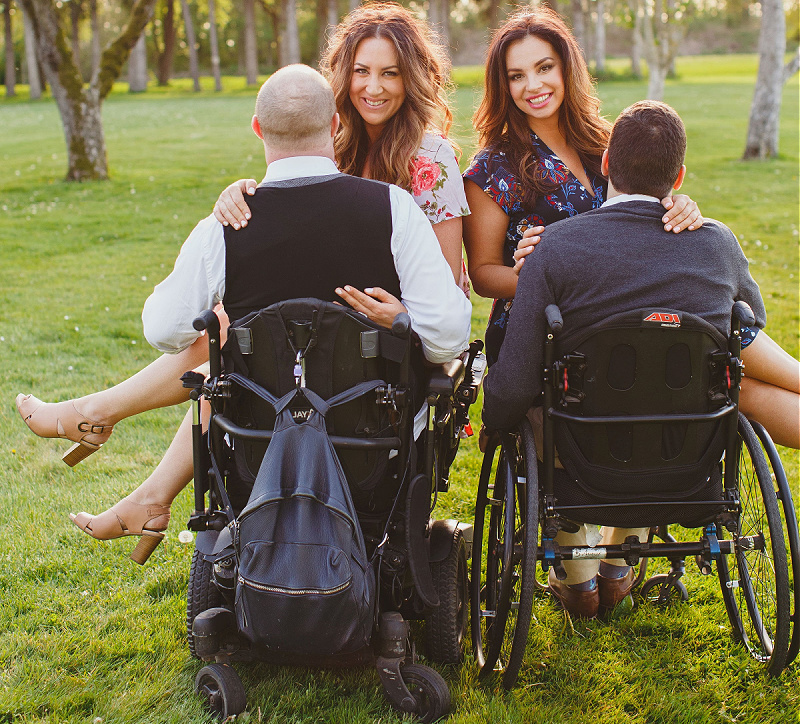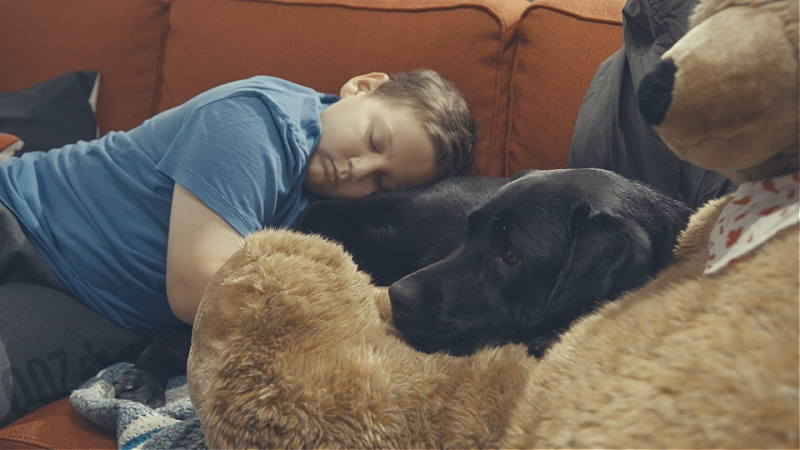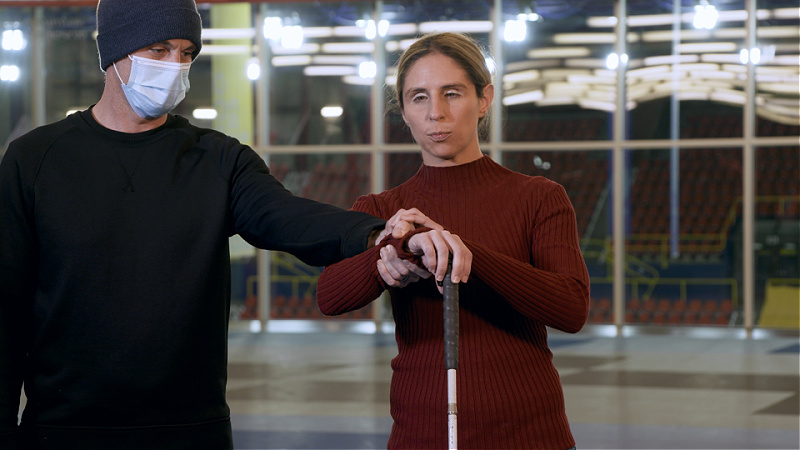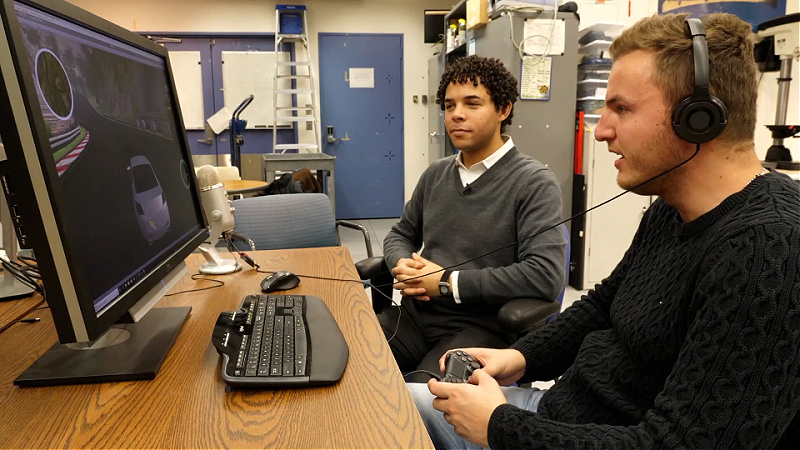Alex Smyth previews Animal Class: Hyena
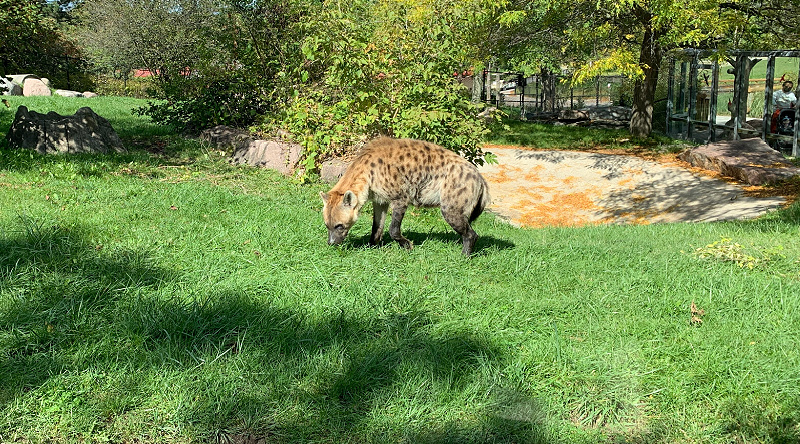
By Alex Smyth
I have written, in previous blogs, about my love for the Toronto Zoo and zoos in general as a means to educate and inform people about the diverse wildlife that our planet has to offer. I like to think of myself as pretty knowledgeable on many of the creatures I meet, but few animals have been the subject of more misconceptions than hyenas.
On my latest visit to the zoo, I got to learn more about these fascinating animals while talking with zookeeper Josh. He had a clear passion for the animals and his understanding of hyenas was evident as soon as we started chatting.
There were a few things that I was aware of, such as their sloped backs and strong bites, but Josh was quick to fill me in on more details and facts that made the experience even better. For starters, that bite. I knew it was strong, but I didn’t know that pound for pound, it is one of, if not the strongest bite in the animal kingdom. That’s wild! The strong bites help them break the bones of bigger prey that they hunt. And they do hunt! Another fact that Josh shared with me was that hyenas typically hunt more prey than lions do, completely smashing my understanding of this animal as a scavenger. That’s not to say they don’t scavenge food, but they are also quite effective hunters as well.
Another aspect of hyenas that I did not appreciate before my visit was their complex social structure. It’s becoming a recurring theme in my blogs and visits that I have not been giving animals enough credit when it comes to their communication and relationship dynamics. With large packs and individual social dynamics amongst hyenas, I will henceforth make no judgements about other animals and how their societal structures work because clearly, they are far more complex than I thought!
I also loved watching Echo, the hyena that Josh was feeding while we were visiting, as it gave more insight into how active they can be. Usually, I will see them meander around during a busy day in the summer, but Echo was active, alert and eating.
This summer I plan to make my way back to the Toronto Zoo and spend some more time with Echo and all the other great animals the zoo has to offer. If you want to watch our upcoming Animal Class segment on hyenas, be sure to tune in to AMI This Week on Mondays at 8 p.m. Eastern.
Want to read more from Alex? Search his name!



